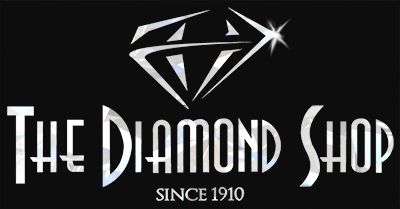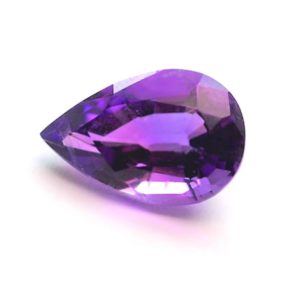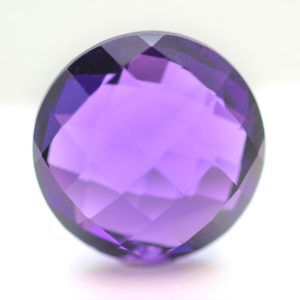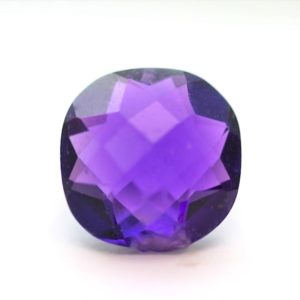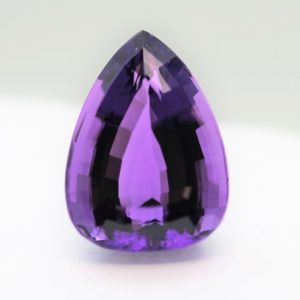Amethyst’s purple color can range from a light lilac to a deep, intense royal purple, and from brownish to vivid. Amethyst also commonly shows what is called color zoning, which in the case of amethyst usually consists of angular zones of darker to lighter color. With a hardness of 7 on the Mohs scale, it is a relatively durable gemstone. Siberian mines once produced the world’s finest amethysts as they were a particularly rich purple color with red and blue flashes. Amethyst is the birthstone of February and used to celebrate the 6th & 17th wedding anniversary.
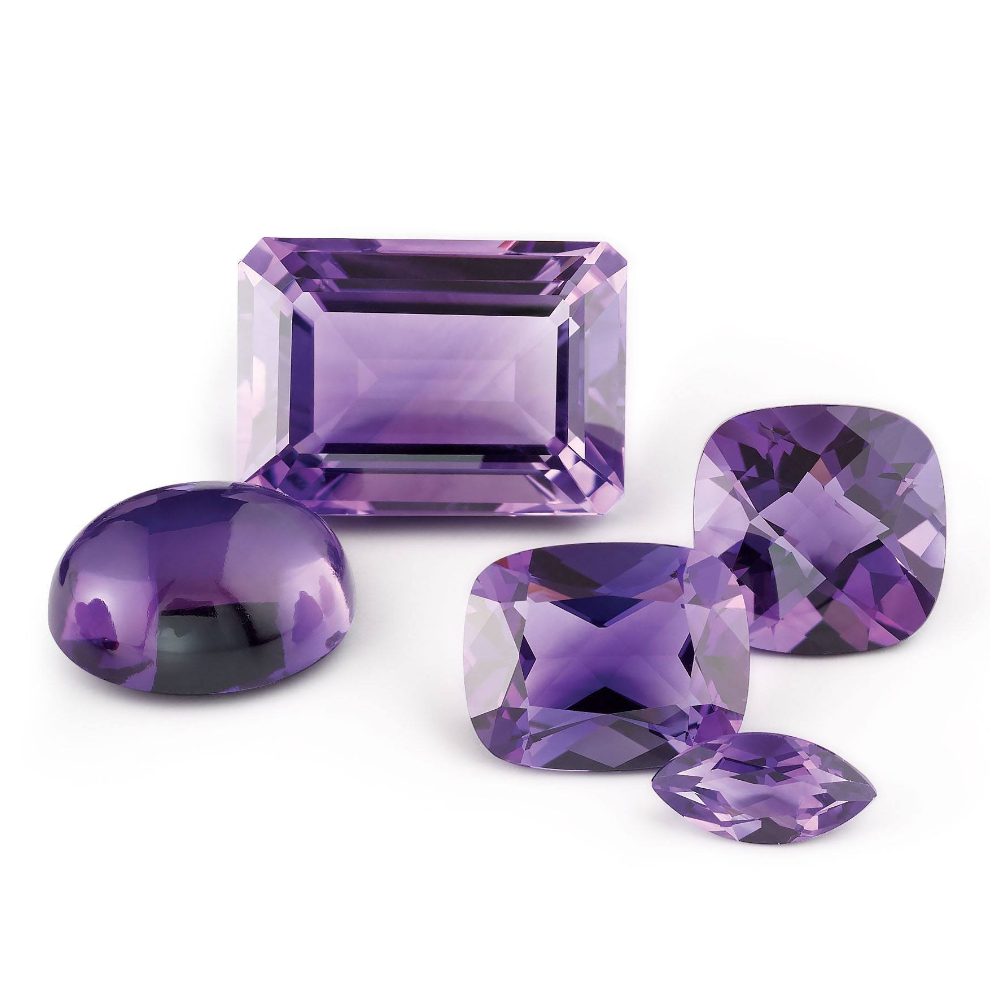
Birthstone
February
Zodiac
Sagittarius
November 23–December 23
Anniversary
6th & 17th Wedding Anniversary
People have prized amethysts for thousands of years. The Ancient Egyptians carved these durable gemstones into the shapes of animals, perhaps as protective amulets. The name “amethyst” derives from the Greek word, amethystos, which means “a remedy against drunkenness” a benefit long believed. Because of its wine-like color, ancient Greeks associated the gem with Bacchus, the god of wine and created amethyst carvings and jewelry as well as one of the most enduring bits of amethyst folklore, it has the power to prevent drunkenness. Some also believe that if placed under the pillow, it ensures pleasant dreams, improved memory, protection against poison, and is said to be incredibly protective. It is claimed that can rid one of negative thoughts and bring forth spiritual wisdom. Amethyst was once only accessible to royalty, and commonly set-in crowned jewels. Today, amethyst’s relatively plentiful supply and affordability has made the gem more widely available. Amethyst is used in mass-market jewelry as well as custom designer pieces. This makes amethyst one of the world’s most popular colored gems and the most commercially important gem-quality quartz variety.
